High-tech precision is an important aspect of care in WRHN’s cancer centre. An expert group of professionals works very hard to make sure patients receive the best possible treatment.
Dr. Paule Charland is part of a team making sure the hospital’s radiation treatment services start and remain in tip-top condition.
Dr. Charland works for the medical physics department in WRHN’s regional cancer centre. She and her colleagues review treatment plans and conduct quality assurance on new equipment.
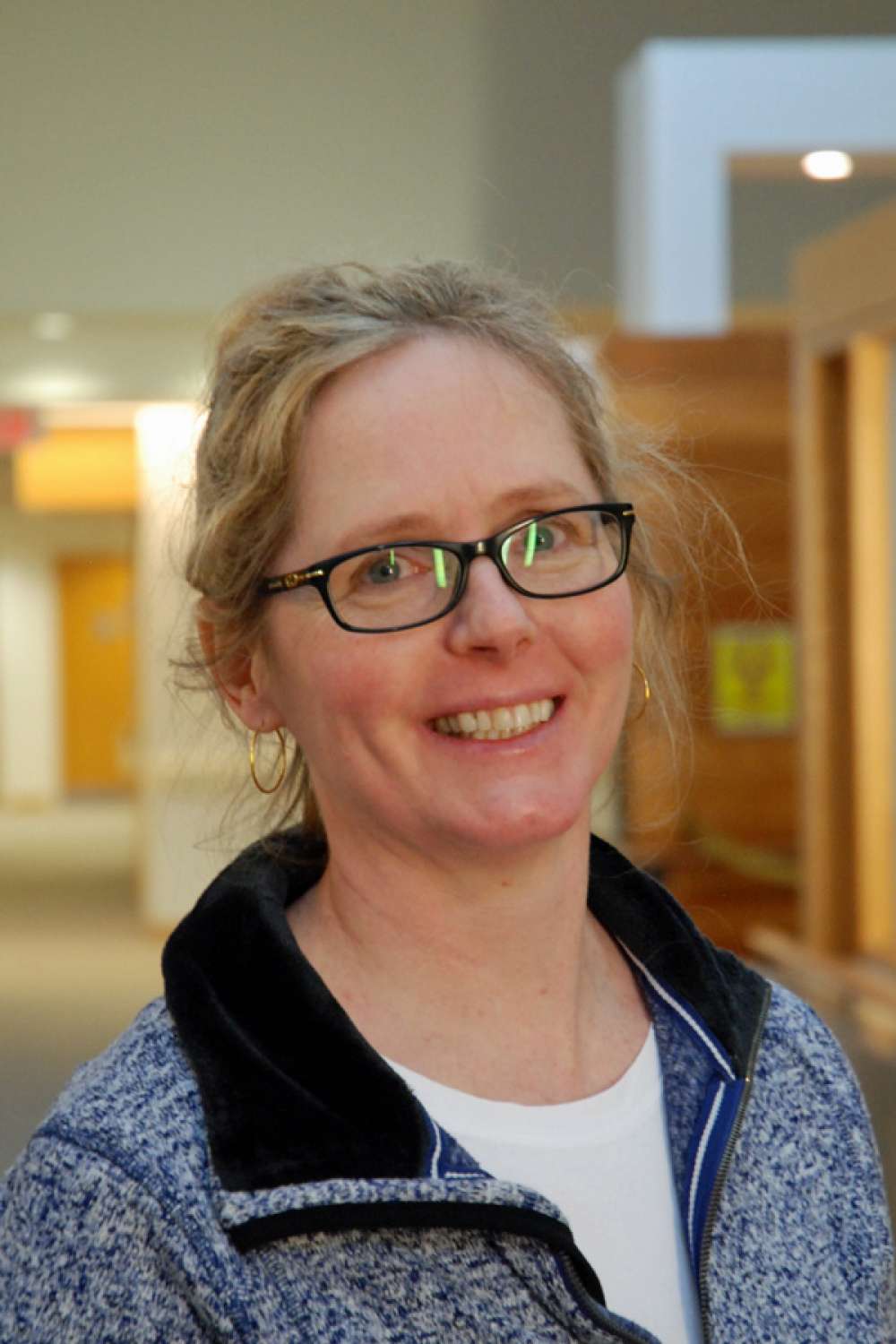
Recently, WRHN received a fifth linear accelerator to provide radiation therapy, thanks to funding from the Government of Ontario via Cancer Care Ontario. Generous donations to the WRHN Foundation have helped fund renovations to accommodate the new unit.
Dr. Charland has played an important role as the new linear accelerator has been installed. She continues to perform tests and measurements to ensure its safety in treating patients.
---
How did you come to work at WRHN? How long have you worked at the hospital?
I came to Kitchener to work as a medical physicist for the opening of the cancer centre in 2003. I’m originally from Quebec. I did my PhD in physics at the University of British Columbia and worked in different places.
In 2003, I came back from working at the University of Michigan Medical Center to settle in Waterloo Region with my husband and raise two children.
What does your work involve on a day-to-day basis?
Behind every radiation cancer treatment, a physicist has performed thorough checks to ensure the quality and accuracy of each individual treatment plan.
I mostly have clinical duties that have to do with quality assurance of patient specific treatment plans and the radiation therapy equipment. Any new technique, equipment or software upgrade requires testing.
The remaining of the time is spent doing research and development, working to improve techniques and processes. I also have an appointment with the University of Waterloo physics department where I teach a medical physics undergraduate course.
What kind of work do you have to do in commissioning a linear accelerator?
We make sure it is safe and accurate. The commissioning of a linear accelerator (linac for short) requires for me to perform a comprehensive list of tests and measurements to characterize its mechanical and dosimetric properties and verify its safety features.
When do you get involved in the commissioning process? While the accelerator is being installed by contractors, or at another stage?
The medical physicist has a crucial role to play, from the very start of the project, such as deciding on which unit to purchase, the design of the facilities from a radiation safety perspective and applying for licenses with regulatory bodies.
We do a comprehensive radiation survey to confirm the shielding calculation. We are involved during the acceptance testing with the manufacturer before we do our own full commissioning. Then there is documentation, evaluation of various techniques, and verifying beam data against our treatment planning algorithms.
Can you give an example of the kind of testing that’s involved in commissioning and calibrating?
We set up a large water tank under the radiation beam of our linac. A remote-controlled radiation detector takes various profiles of the dose deposited by the beam in water for various geometries and beam energies. The data is then compared with our treatment planning system predictions to make sure the algorithms can mimic the linac. This is the initial assessment after which further refined tests are performed.
How has the calibration process changed over the years that you’ve been working in the cancer centre?
Actually our core calibration process where dose is defined at the linac is based on measurement equipment that has been calibrated at the National Research Council of Canada. It has not really changed in the past 13 years. But we did have multiple changes in equipment, software, tools at our clinic during the same period in our effort to always improve our techniques.
What do you enjoy about your role at the hospital?
I enjoy being a specialist in a support role. I am fortunate to work in a multidisciplinary environment and be surrounded day-to-day by highly skilled and caring people.
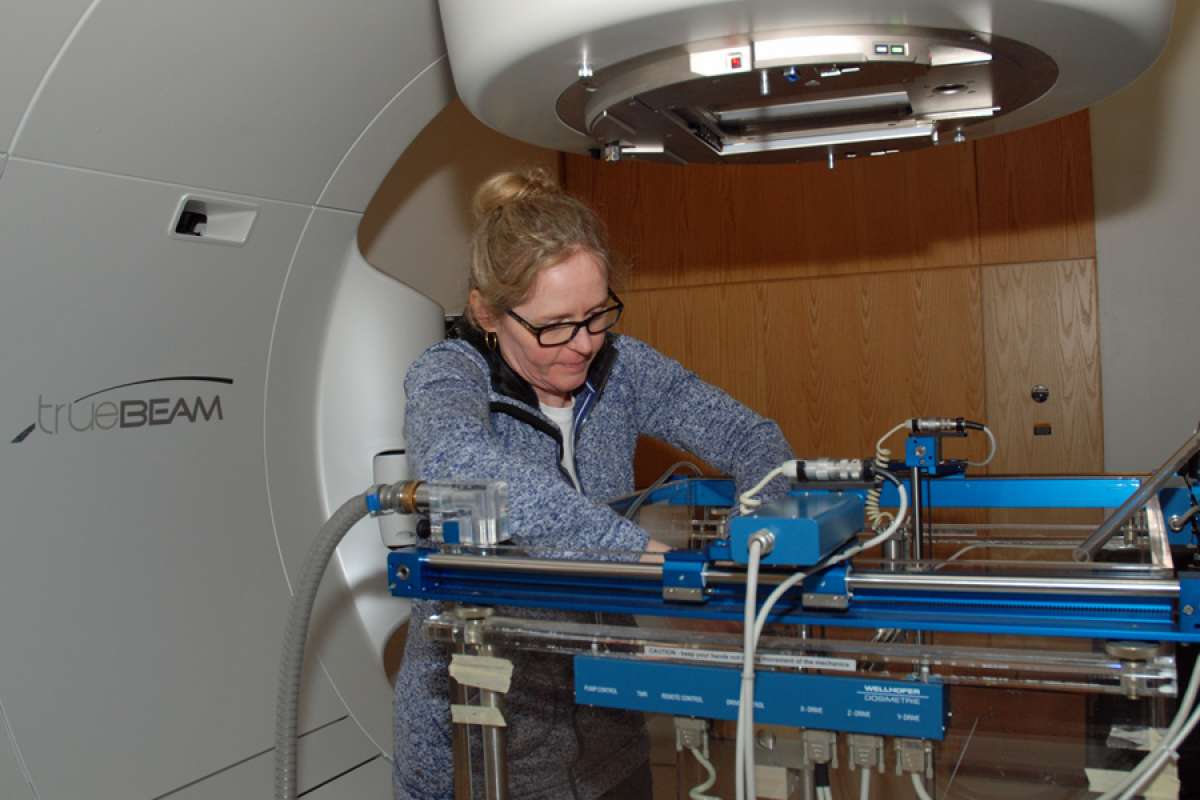


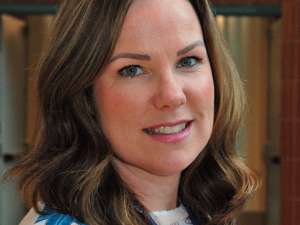 Erin Graham: providing social work expertise to GRH’s rehabilitation patients
Erin Graham: providing social work expertise to GRH’s rehabilitation patients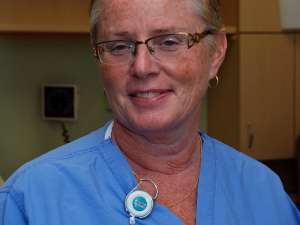 Jane Keller: 35 years of exceptional childbirth nursing care
Jane Keller: 35 years of exceptional childbirth nursing care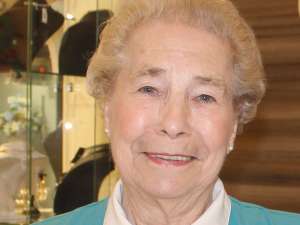 Mary Doggrell: an unstoppable volunteer
Mary Doggrell: an unstoppable volunteer